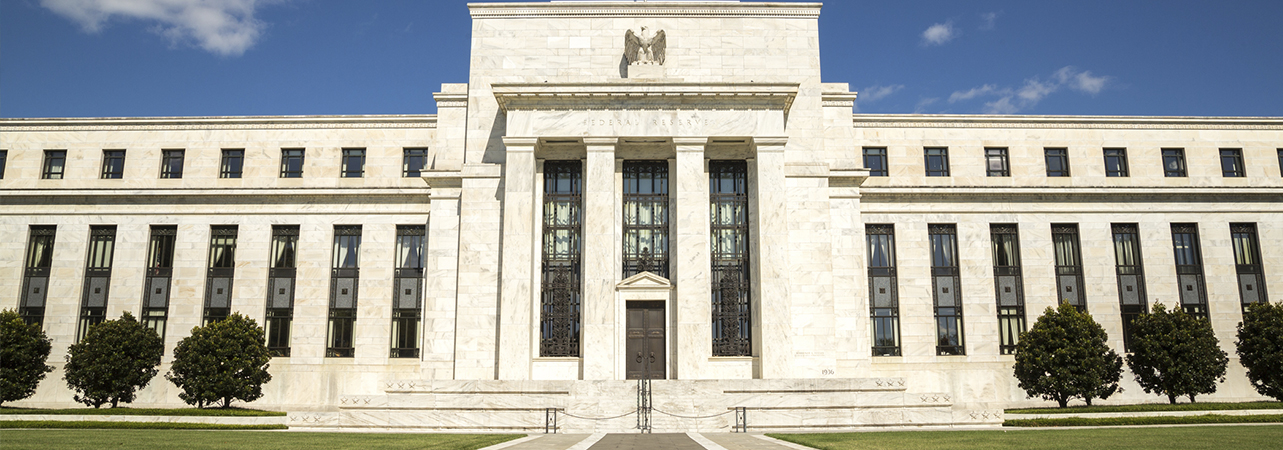June 2018
Trade dominated newsflow and sentiment in the US during June. Investors endured a lacklustre month as financial markets reacted to the latest moves from the US Government and its key trading partners. Following President Donald Trump’s decision to impose tariffs on steel and aluminium imports from the EU, Canada and Mexico, and a range of imports from China, retaliatory levies were announced by all four parties.
- The Fed increased interest rates by 25 basis points
- The Dow Jones Industrial Average Index has fallen by 1.8% since the start of the year
- The US economy expanded at a revised rate of 2% YoY during Q1
To view the series of market updates through June, click here
Trade dominated newsflow and sentiment in the US during June. Investors endured a lacklustre month as financial markets reacted to the latest moves from the US Government and its key trading partners. Following President Donald Trump’s decision to impose tariffs on steel and aluminium imports from the EU, Canada and Mexico, and a series of levies on imports from China, the EU revealed tariffs on £2.8 billion-worth of US goods and China announced tariffs of 25% on 545 US products worth US$34 billion. Canada and Mexico also announced retaliatory levies. The International Monetary Fund (IMF) warned that a trade war would create in “losers on both sides”.
“US relations with China continued to sour”
US relations with China continued to sour in June as President Trump threatened to introduce levies on another US$200 billion of Chinese goods if China does not “change its practices” in its acquisition of US intellectual property. A report from the White House warned that China’s “economic aggression now threatens not only the US economy but also the global economy as a whole”. The US subsequently eased its threat, saying it would instead use existing regulation.
Although the Dow Jones Industrial Average Index fell by 0.6% in June, the S&P 500 Index and the Nasdaq Index both posted modest gains, rising by 0.5% and 0.9% respectively. Since the start of the year, the Dow Jones Industrial Average Index has fallen by a total of 1.8%.
In a widely anticipated move, the US central bank increased the key federal funds rate by 25 basis points to a range of 1.75% to 2%. The Federal Open Market Committee (FOMC) is expected to continue to tighten monetary policy, implementing a further two increases in 2018 and three in 2019. Policymakers’ tone also shifted in June: they omitted a previous statement that rates will remain “below levels expected to prevail in the longer run”. The Federal Reserve (Fed) predicts that the US economy will grow by 2.8% this year. Fed Chair Jerome Powell said: “The main takeaway is that the economy is doing very well”.
First-quarter economic growth in the US was slower than previously calculated, dampened by lower consumer spending and private inventory investment. The economy expanded at a revised rate of 2% year on year, compared with earlier estimations of 2.3% and 2.2%. In comparison, the economy posted growth of 2.9% in 2017.
A version of this and other market briefings are available to use in our newsletter builder feature. Click here















